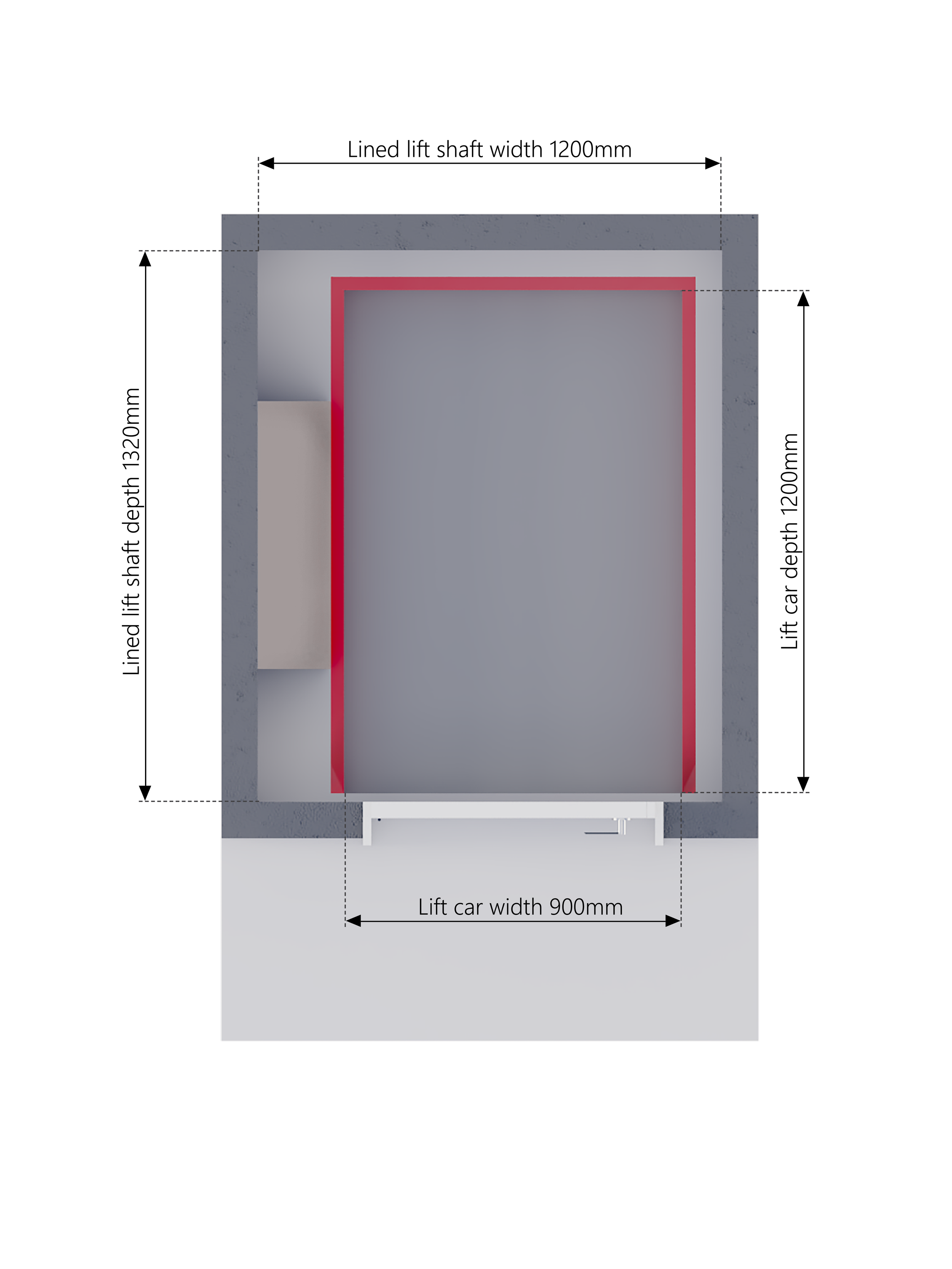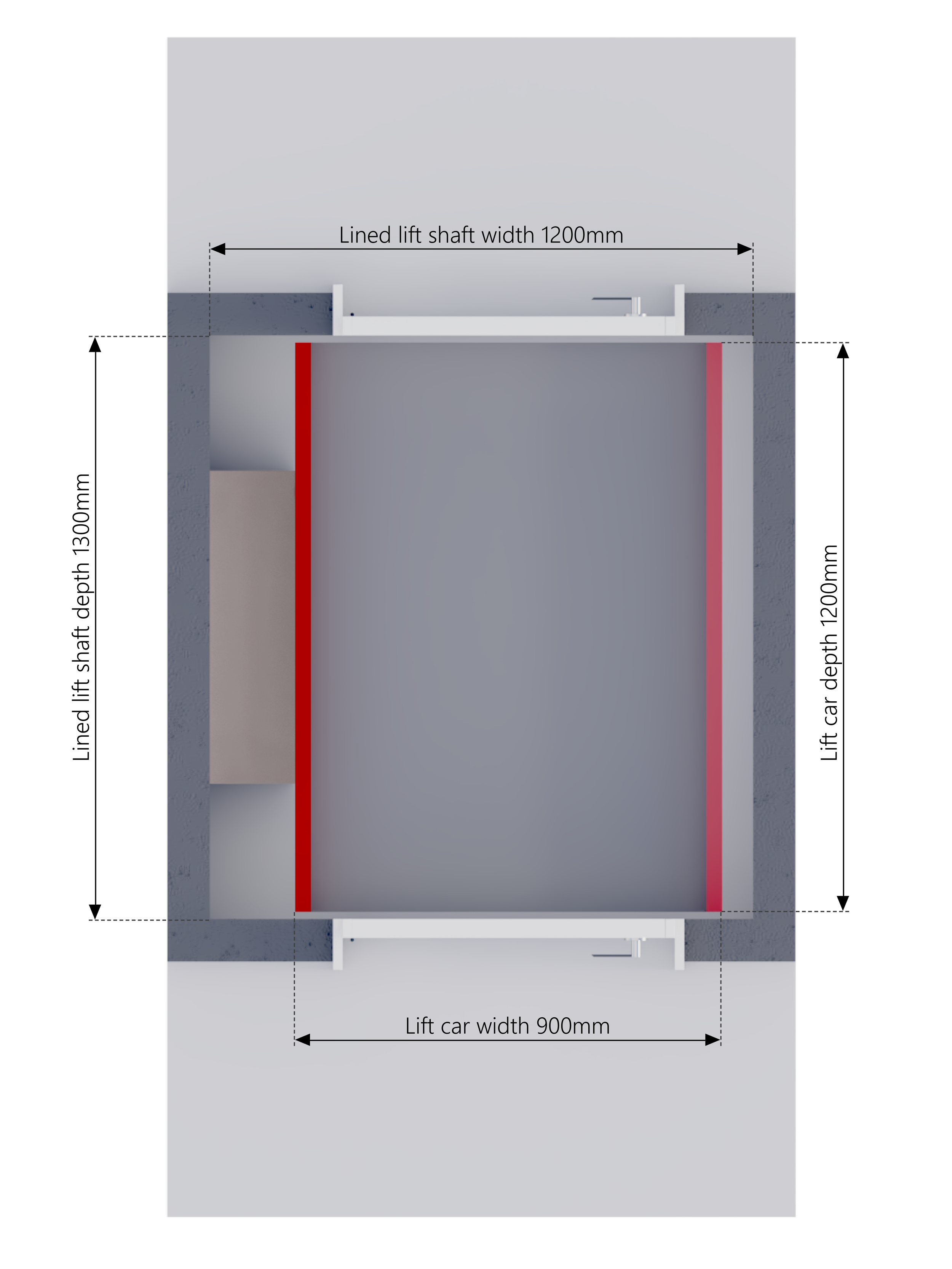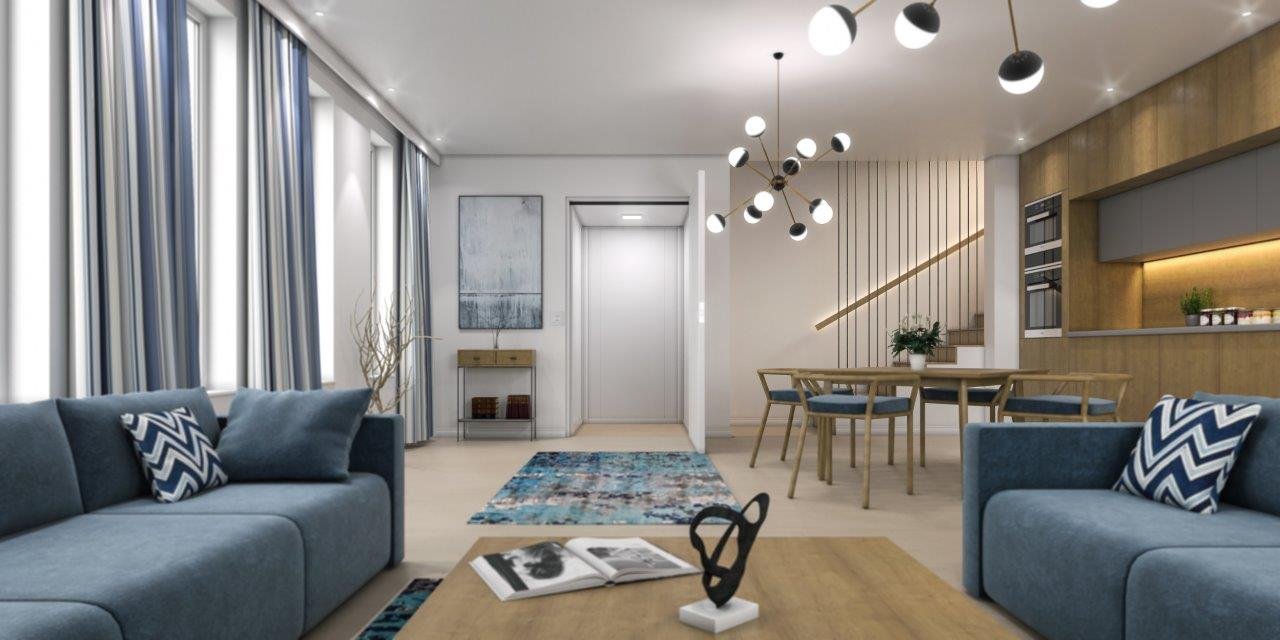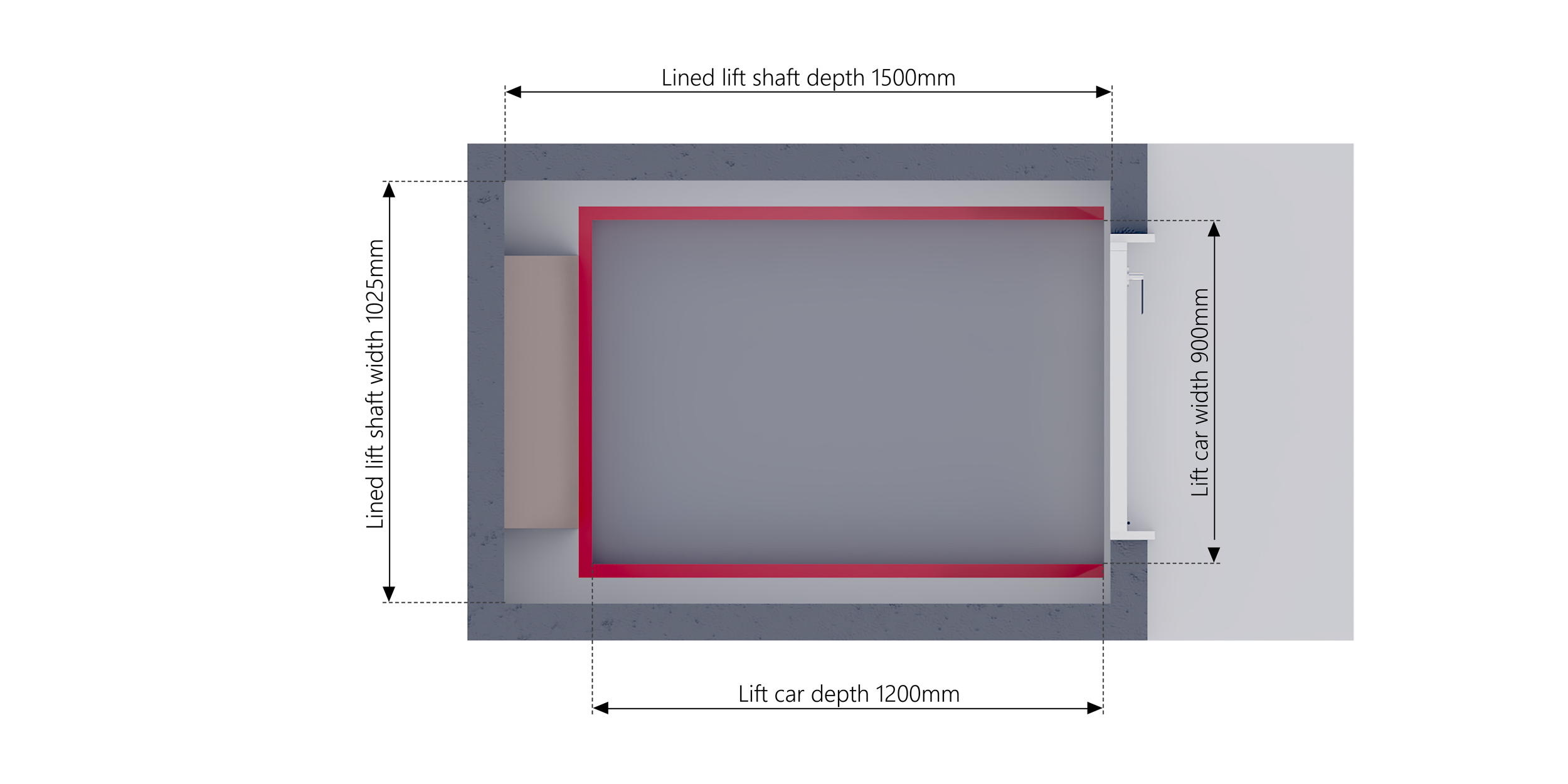Future proof by incorporating an elevator, or the space to add one later
A home properly future-proofed with an elevator can be lived in by almost anyone, regardless of their physical ability.
Future-proofing the accessibility of a multi-storey home can be as easy as incorporating a suitably configured storage space into the design. As owners age, or face other mobility challenges, a Powerglide elevator can be installed with minimal disruption. If the lift isn't installed during construction, a removable floor can easily be installed so that the lift shaft space can be used as a storage cupboard.
Additionally, while including a lift-ready space adds almost no extra cost to the design or build of the home, it can add significant resale value to the home, by opening it up to a wider potential market than a home with stairs only






Elevators are now commonplace in many NZ homes where living areas and bedrooms are on upper floors. A home properly future-proofed with an elevator can be lived in by almost anyone, regardless of their physical ability. Stairs are not only an issue for users in wheelchairs, but also people who have hip or knee issues, or even arthritis.
To include a lift in your design, suitable for someone with accessible needs, it's important to leave adequate space.
“Specifiers often allow a 1m x 1m space but this isn’t large enough to take a wheelchair,” comments Allan Fullerton, Director of Innovation and Design for Powerglide. “It will also be very tight if you wish to carry two people or one person with groceries or bags.”
Ideally, a lift should easily accommodate someone in a wheelchair, travelling independently or with a caregiver. And as a larger Powerglide lift won’t cost any more than a small lift, it makes sense to allow as much space as the design allows, up to approximately 1700mm x 1700mm.
Powerglide’s recommended shaft sizes and configurations are included in the image section, based on the most common Powerglide installations.
Powerglide Elevators are Lifemark certified and incorporate industry-leading safety features that provide additional reassurance for those with mobility challenges.
This includes an electronic safety laser curtain that scans any open faces of the lift car. For example, if a child dropped a toy against a moving surface, the lift car would immediately be immobilised. Once the toy is retrieved and fingers are safely away from the wall, the lift car can be activated again by simply pressing the button.
In the rare case that the obstruction isn’t cleared (for example, if a passenger collapsed against the wall) the lift defaults to a safe descent mode, slowly descending to the lower level at a safe speed. Once at the lower level, the lift door will automatically unlock. For commercial elevators and open-car elevators, Powerglide also offer the option of a pressure-sensitive edge that performs a similar function.
Powerglide also offers a remote lift monitoring facility that provides full lift system access to Powerglide’s technical team in the case of an emergency. If the alarm button is pressed, Powerglide is able to respond by logging into the lift, viewing its status, and taking control of it to facilitate the passenger’s safe exit.
Powerglide Elevators are designed and manufactured in New Zealand, providing the flexibility to custom design everything including the placement of controls, handrails, and accessories such as phones to best suit the user. Colours and finishes can also be fully customised to match the décor of the home.
Their Design Support Program simplifies specification and design with support at all stages of the design-build-install process. In addition to streamlining the design, compliance, and construction process, the program encourages creative design that enhances the user’s day-to-day experience by providing expert advice and guidance early on.
“We love our Powerglide elevator. It is everything promised and more. It is not only beautiful but efficient and perfect for purpose — to accommodate my husband's wheelchair with me beside him. Operation is fool-proof and the safety features are perfect to keep busy little fingers safe when family visit. Installation and follow-up service to date has been impeccable." — Julie McLagan.
Complies with NZS4121:2001 up to 3 floors, NZBC D2/AS1 as an acceptable solution using NZS4334:2012, and as an alternative solution using AS1735.18 2002 in conjunction with NZBC D2/AS1.
